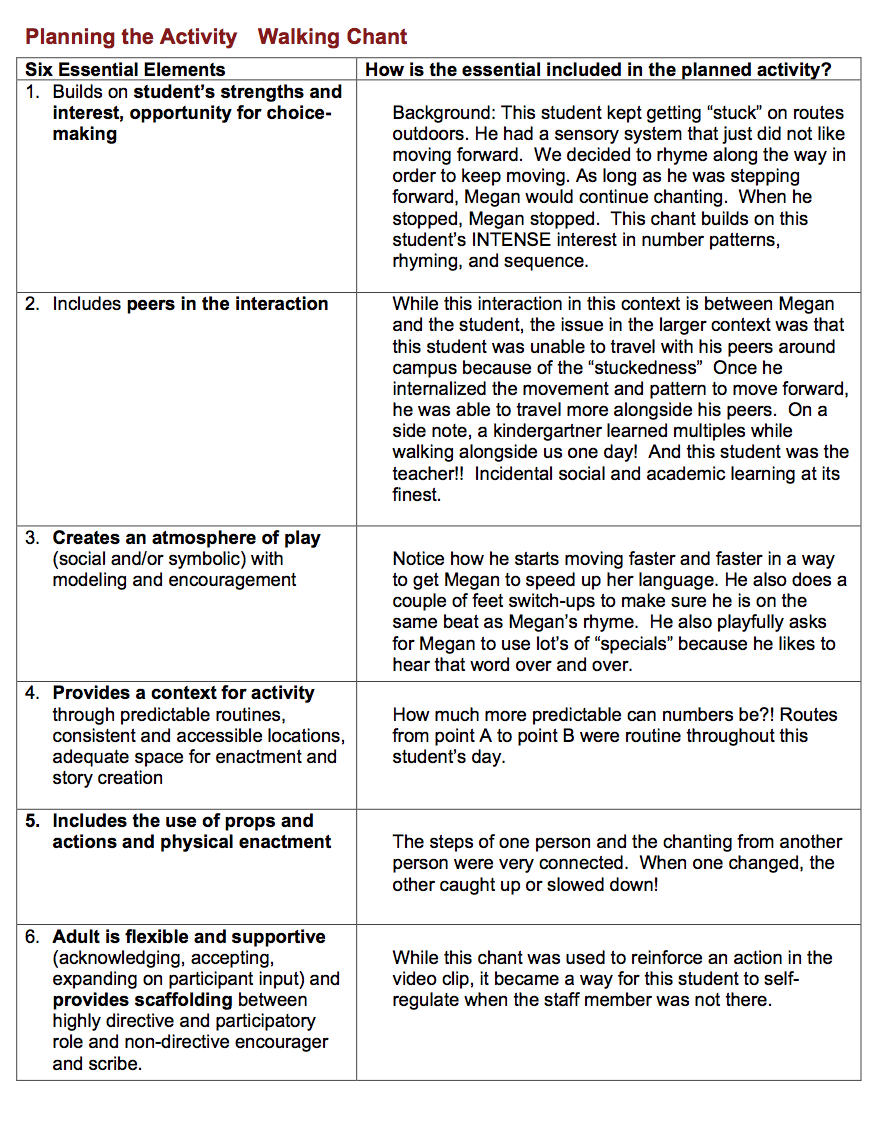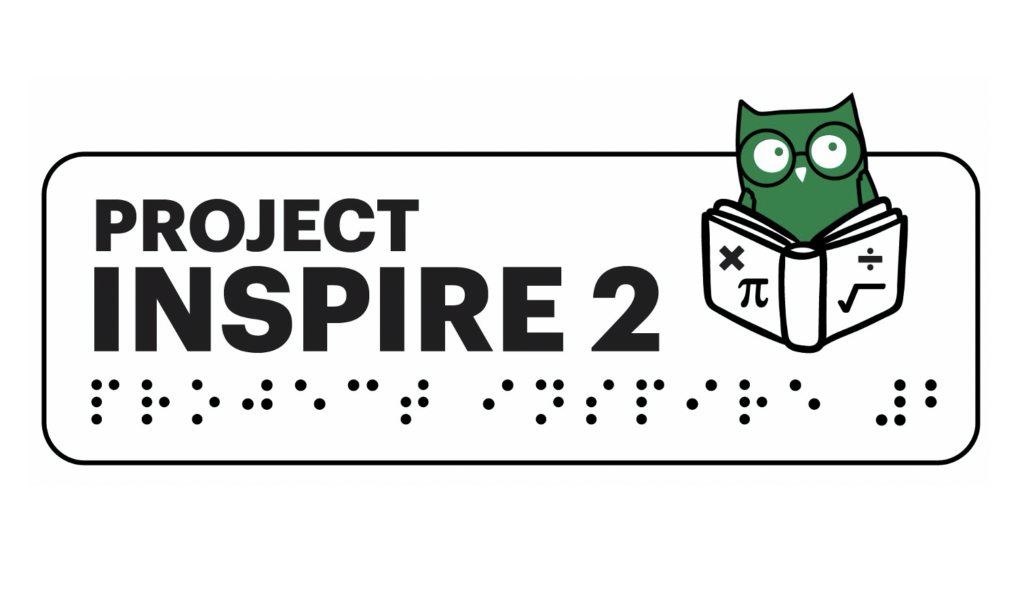By Megan Mogan
Background
N is an elementary school student with Optic Nerve Hypoplasia (ONH). He is a tactile learner and uses his sense of touch to make sense of auditory information. He had trouble with transitions and self-regulation during transitions. He is a skilled braille reader, but sometimes needs supporting objects and experiences to make sense of the abstract nature of braille.
This student kept getting “stuck” on routes outdoors. He had a sensory system that just did not like moving forward. We decided to rhyme along the way in order to keep moving. As long as he was stepping forward, Megan would continue chanting. When he stopped, Megan stopped. This chant builds on this student’s INTENSE interest in number patterns, rhyming, and sequence.
Goal
I did not have a goal at first. and wanted to find out if this strategy would even work in the first place. It did! My goal for the student was to keep him moving forward and to use this immediately available external strategy (short-term goal) as a way to help him internalize a pace for himself (long-term goal).

Chant
1, 2, 3, 4, can we walk a little more? Walking to the beat on the sidewalk or the street. 2, 4, 6, 8, I think this is really great, he’s matching his feet to this very special beat. 3, 6, 9, 12, he can do it by himself. Walking with his feet to this very special beat. 4, 8, 12, 16, let me show you what I mean, walking to the beat with my very good feet.
[Note: We often improvised based on N’s movements and pace and comments. Improvisation is a MUST, as we must always be responsive to our students’ need for feedback.]
Reflection
I had no idea if this would work. I just tried it and went along as best I could. It DID work, and we slightly changed it up as needed. This chant was used with other staff that walked with him and other kids incidentally learned multiplication tables while walking alongside N. My biggest takeaway is to try what comes to your mind. Sometimes things cannot be planned ahead and that’s okay. Sometimes some of the most imaginative and loved and preferred activities come out of a fleeting idea you would have never thought of unless you were in the moment with a student.



